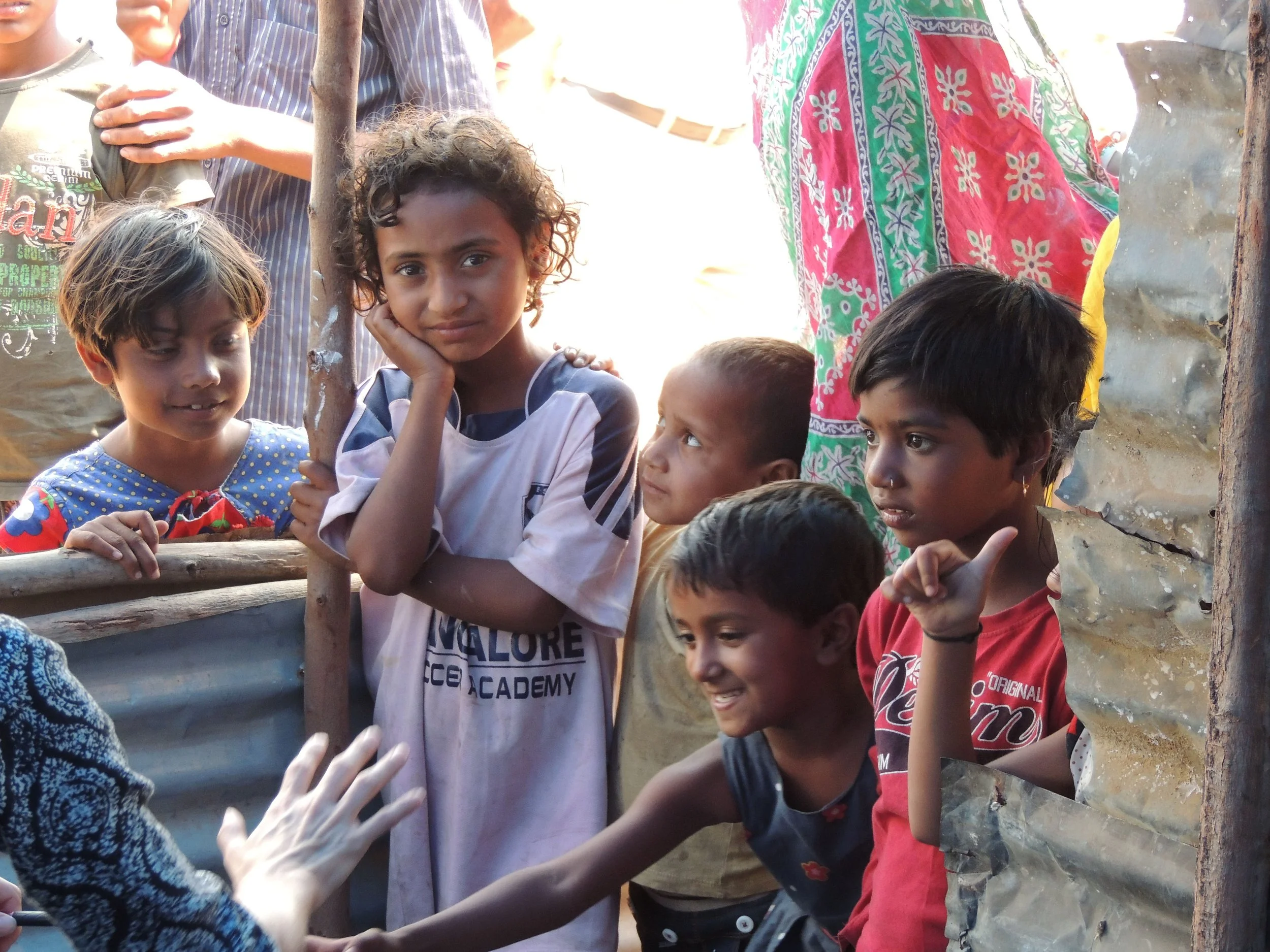Internal migrants make up about 30% of India's total population. In Bengaluru alone, there are over 1,20,000 internal migrants who live in dangerous, unhealthy, and unsanitary temporary housing.

Who are India’s Internal Migrants?
The rural population of India migrates to cities, such as Bengaluru in search of better work, income and living conditions.
Internal migrants make up about 30% of India's total population. In Bengaluru alone, there are over 1,20,000 internal migrants who live in dangerous, unhealthy, and unsanitary temporary housing.
To the government they are an invisible population, and yet they are indispensable to the growth and development of India's cities. Developers rely on urban migrants to build corporate offices, luxury apartments and shopping malls, and yet, the people who build these structures live in the most deplorable conditions.
The communities are vulnerable to regular evictions due to illegal and informal conditions of the settlements.
The children who live in these migrant communities are the most vulnerable because of lack of nutrition, education and healthcare.
At their destination, migrants are exposed to many health risks, such as communicable diseases like dengue and tuberculosis, respiratory problems, lung diseases, allergies, birth defects, kidney and bladder infections, and of course, malnutrition.
Healthcare utilization rates remain poor due to a number of factors, such as expensive private healthcare, conflicting timing of work and availability of doctors, cost of missing hours or days of work, long distances to access services and associated transportation problems, perceived alienation from government health systems in their new destination, and language difficulties.
https://www.unicef.org/india/media/3416/file/Child-migration-India2020-policy-brief.pdf


